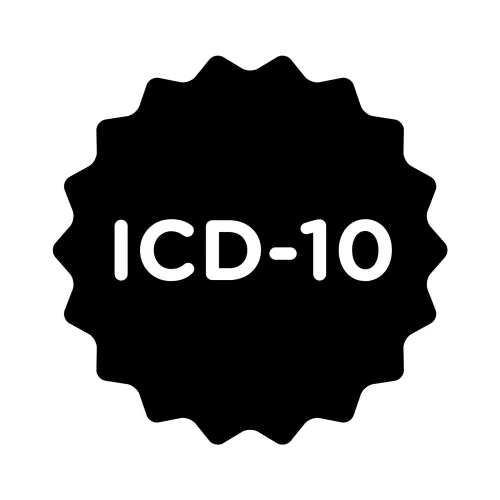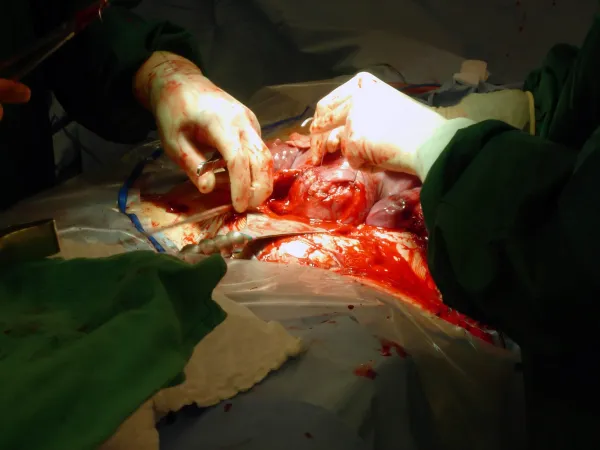Anesthesia Coding Alert
Know the Best Times to Report Z Codes
Question: In our practice, we’re still getting used to the intricacies of the ICD-10 diagnosis coding system. The other day, we were debating Z codes. Some of us thought that Z codes could only be used as secondary diagnoses; others contended that Z codes can be primary diagnoses in certain situations. Who’s right?
Missouri Subscriber
Answer: Payers allow you to use Z codes as primary codes when they best represent the main reason a patient is being seen by your provider. So it might not happen too often, but you can use Z codes as primary diagnoses in certain situations.
You’ll most often use Z codes as primary diagnoses when coding aftercare, such as Z47.1 (Aftercare following joint replacement surgery). In this stage of treatment, the primary focus of treatment is normal, routine care following a joint replacement to return the patient’s functional abilities to previous levels.
Z codes should not be used if there is an active or complicated medical diagnosis or a more specific reason for admission.
When you use Z codes as primary diagnoses, you should usually include a secondary ICD-10 code to represent the patient’s primary medical condition (in other words, the reason they are in aftercare). For example, you might report Z96.641 (Presence of right artificial hip joint) as a primary diagnosis along with S72.111D (Displaced fracture of greater trochanter of right femur, subsequent encounter for closed fracture with routine healing).
Related Articles
Anesthesia Coding Alert
- Anesthesia 101:
Try Boosting New Year Dollars With P Modifiers
Extra units can add up if insurers are willing to pay. Physical status modifiers help [...] - Procedure Coding:
Get to Know the New Injection/Guidance Combos for 2017
You'll be using these a lot if your providers administer injections. If you sometimes code [...] - Quality Reporting:
AMA Can Help You Choose the Best MACRA Model
Take advantage of their online tool. MACRA's Quality Payment Program (QPP) is set to begin [...] - You Be the Coder:
Choosing Anesthesia for Lap-Assisted Vaginal Hysterectomy (LAVH)
Question: If a patient has a laparoscopic assisted vaginal hysterectomy, which anesthesia CPT® code applies? One [...] - Reader Question:
Leave P2 Off Medicare Claims
Question: We currently bill monitored anesthesia care (MAC) services by a CRNA. We submit 01992-QZ-QS-P2 for [...] - Reader Question:
Training Makes the Difference Between Performing 93312 and 93313
Question: A coder who is new to our practice says that you should code TEE differently [...] - Reader Question:
Include Modifier AD for Maxed-out Concurrent Cases
Question: I’m preparing a claim for our anesthesiologist with more than four concurrent cases. What are [...] - Reader Question:
Presence of Instrumentation Guides Fusion Coding
Question: Our CRNA provided anesthesia when a surgeon performed direct lateral interbody fusion with posterolateral fusion. [...] - Reader Question:
Here's the Scoop on Submitting +99140
Question: Our biller wants to report +99140 for the anesthesiologist’s professional component in an emergency appendectomy. [...] - Reader Question:
Know the Best Times to Report Z Codes
Question: In our practice, we’re still getting used to the intricacies of the ICD-10 diagnosis coding [...]




